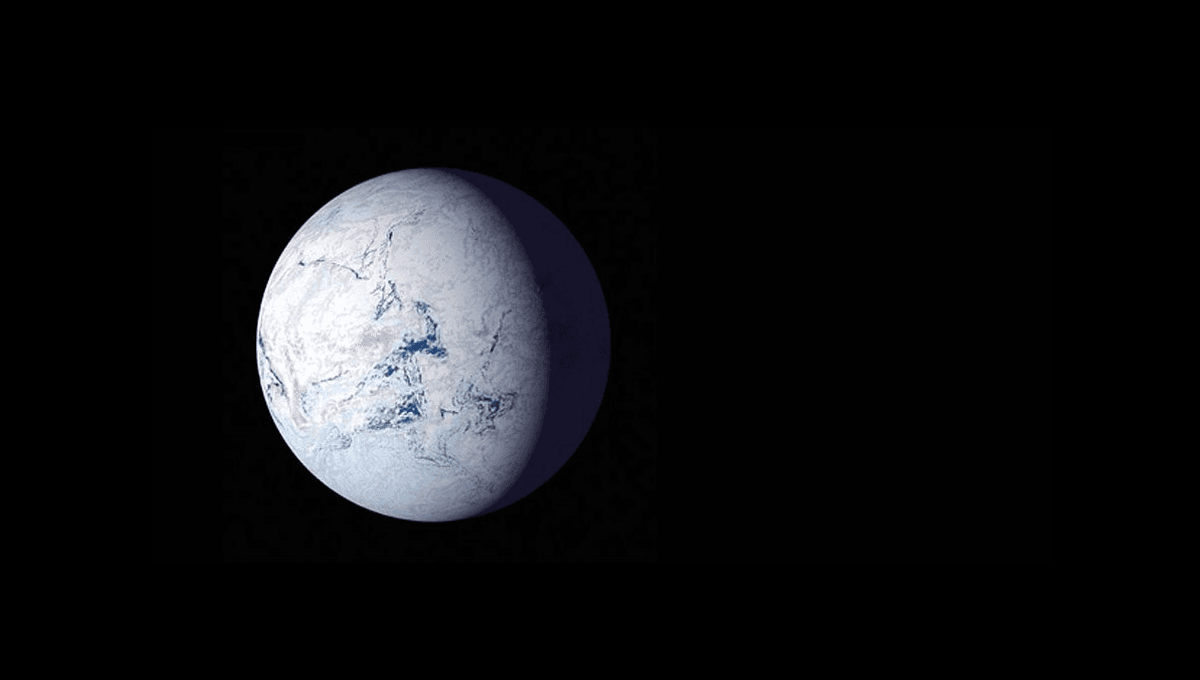
Roughly 720 million years ago (give or take a few tens of millions), Earth plunged into one of the most extreme climate events in its history. In several stages, the planet became a giant snowball, encased in ice from pole to pole for millions of years. What exactly triggered this deep freeze has long divided researchers, but a new study claims to have zeroed in on a likely suspect: an ancient volcano buried in the Canadian Arctic.
When major planet-changing events like this unfold, volcanoes, meteor impacts, and shifts in Earth’s orbit are often to blame. Some scientists have previously argued that an asteroid impact could have tipped the world into a frozen state ~720 million years ago by launching vast quantities of dust and aerosols into the atmosphere, blocking sunlight and dramatically cooling the planet. However, solid evidence of a major impact around this time is lacking.
In the new study, scientists at Harvard University return to the idea that volcanic activity was involved in the advent of Snowball Earth, scientifically known as the Sturtian glaciation of the Cryogenian Period.
They point to the Franklin Large Igneous Province, a massive geological formation in the Canadian Arctic and northwestern Greenland, which erupted around the start of the Snowball Earth event.
Using climate models and simulations of chemical weathering, the researchers show that it’s possible that an eruption of the Franklin formation exposed vast amounts of fresh silicate rock to the open air. As these rocks weathered and eroded away, they chemically reacted with carbon dioxide in the atmosphere, effectively “sucking” it out and storing it in solid minerals. With less carbon to trap heat, Earth’s climate cooled.
However, only 10 percent of the simulations showed enough cooling from the Franklin eruptions to trigger a Snowball Earth in the right time window. This doesn’t mean this chain of events is impossible, but it suggests the theory only works under specific conditions when many variables are “just right”.
One of the most important factors, the study says, is that the planet already had a relatively cool climate just before the Snowball Earth. In more recent times, the models show these volcanic events around Franklin didn’t trigger a global Ice Age because the global climate was warmer. Likewise, warmer periods might have fostered more vegetation and plant life, which could have smothered the ground and slowed the erosion rate.
This is far from the first piece of research to suggest that the Franklin large igneous province and silicate rock weathering were involved in this bout of icehouse climate. Nevertheless, there’s still a huge amount we don’t know about Snowball Earth. We still aren’t fully certain when exactly it occurred, nor how long it lasted, or why it ended. It is clear, however, that this period of piercing temperatures remains one of the most extreme and mysterious climate episodes in Earth’s long history.
The new study is published in the Journal of Geophysical Research: Planets.
Source Link: Around 720 Million Years Ago, Our Planet Turned Into A Snowball Earth – Is This Why?